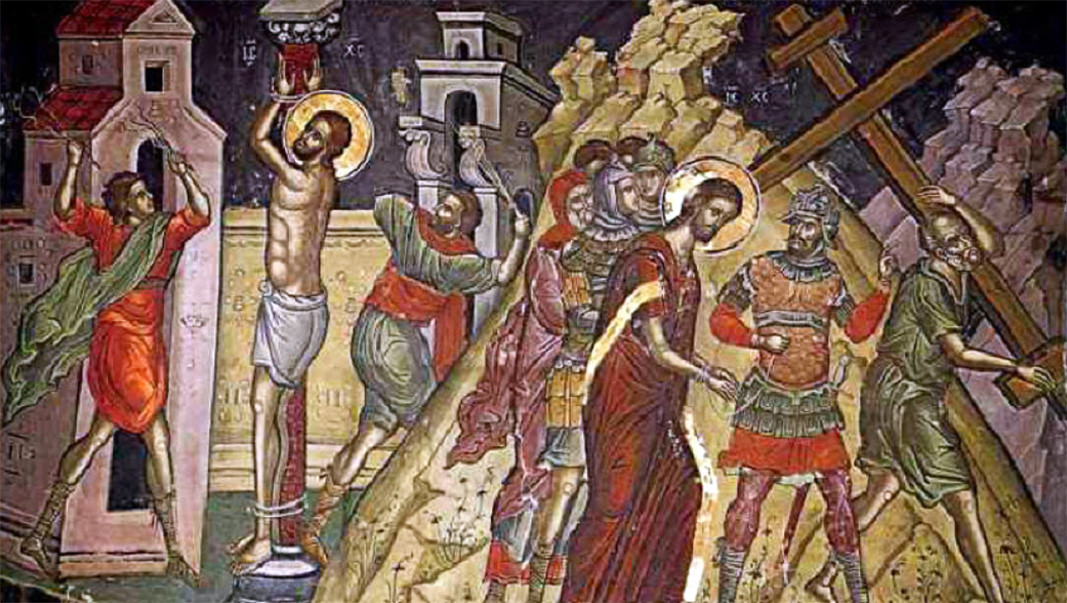On Good Friday, the Church recalls the great sufferings of Jesus Christ, who accepted by His own will to be judged, scourged, spat upon, humiliated, slapped, and shown to the people in a purple robe, with a crown of thorns on His head.
With the heavy cross on His shoulders, Christ was led to a hill called Golgotha, near Jerusalem, to be crucified innocent, for the sins of humanity, between two criminals. In these moments of inhuman suffering and pain, the Savior prays to His Father, not for Himself, but to forgive His tormentors, giving the highest example of love for His neighbor.

On the Cross, Christ accepted death and breathed His last to save all of humanity from spiritual death. In that moment, it seemed as if all of nature trembled – the earth shook, and the sun hid its light.

Good Friday is the saddest day for all followers of Jesus Christ, a day of mourning and repentance, but also a day of deep gratitude for the self-sacrifice of the Savior. There is no Holy Mass on Good Friday. Early in the morning, before the Divine Liturgy called the Royal Hours, Christ's flower-decorated "tomb" is placed in the middle of the church, in front of the Crucifix placed there on Holy Thursday.
Photos: archive, pravoslavieto.com, BTAThe Regional History Museum in Gabrovo displays a modest, rectangular piece of paper measuring 10 by 15 cm : the first Bulgarian banknote — a twenty-leva bill with the serial number 000001. It was printed on August 1, 1885, in St. Petersburg, and this..
Founding a Bulgarian Orthodox parish thousands of kilometers away from the homeland is no easy task, especially when the Bulgarian diaspora is scattered across vast distances. In Bulgaria we take for granted that every neighborhood in a large city has..
The Urvich Fortress continues to reveal its secrets from the time when Sofia was Roman Serdica. A triangular stone tower dating back to the end of the 2nd century was discovered by young archaeologists Dr. Filip Petrunov and..

+359 2 9336 661
